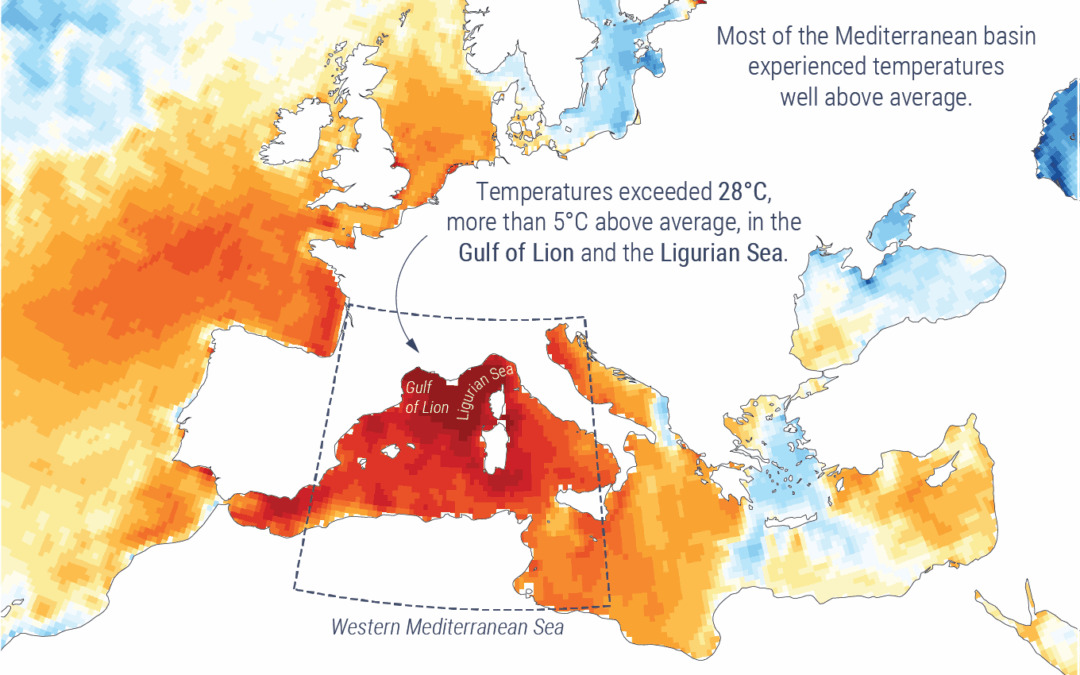According to ERA5 data produced by the Copernicus Climate Change Service (C3S), the European continent experienced two significant heatwaves between mid-June and late June–early July 2025.
The first event peaked between 17 and 22 June, affecting much of western and southern Europe. The second heatwave occurred between 30 June and 2 July, with surface air temperatures exceeding 40°C in several countries and reaching up to 46°C in Spain and Portugal. These events are also known as “heat domes,” a meteorological phenomenon that traps warm air and leads to prolonged periods of hot, sunny, and dry weather.
In Spain, Portugal, France, and the United Kingdom, the average temperature recorded between the beginning of the first heatwave and the end of the second was the highest since 1979.
Many parts of Europe recorded above-average feels-like temperatures: values above 38°C were observed across much of southern and western Europe, particularly in Portugal, Spain, France, Italy, and much of the Balkans.
Some areas of southern Europe also recorded an above-average number of tropical nights (nights with temperatures above 20°C). For example, coastal areas around the Mediterranean experienced between 10 and 15 tropical nights.
Sea surface temperatures in the western Mediterranean were exceptionally high in June 2025: much of the basin recorded temperatures above 28°C, with anomalies exceeding 5°C in the Gulf of Lion and the Ligurian Sea.
On 30 June, the average sea surface temperature reached 27.0°C — the highest June value ever recorded in that part of the Mediterranean. The corresponding anomaly of 3.7°C above average was the highest ever recorded for any month.
These elevated marine temperatures reduced nighttime air cooling along coastal areas and increased humidity, causing stress to marine ecosystems. In addition, the reduction in water oxygen levels affected sectors such as fisheries and aquaculture.

